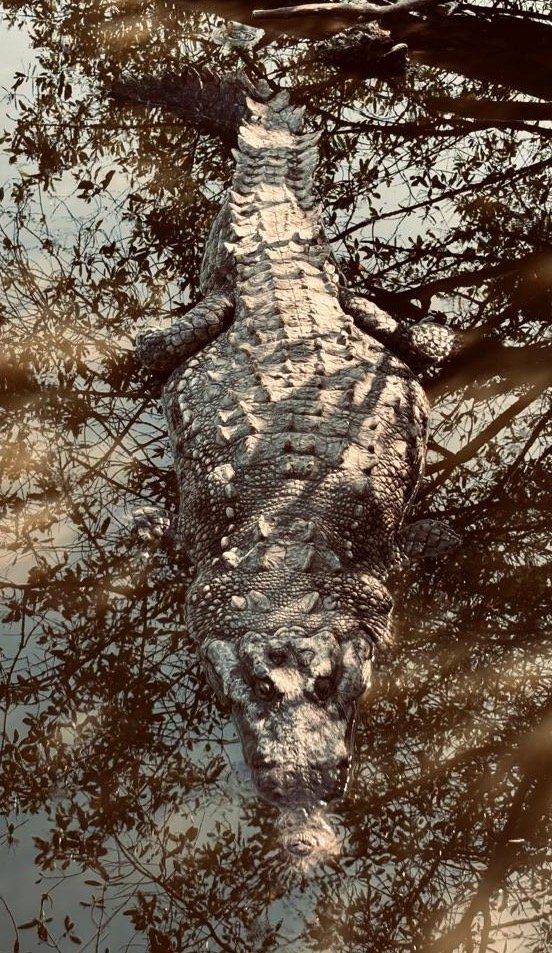Crocodile Interactions Training & First Aid
The Sierra a Mar team attends the first training on crocodile interactions on the coast of Jalisco.
Between July 31 and August 2, the first course-workshop on crocodile interactions in the municipalities of the Coast of Jalisco was held in the municipal capital of Tomatlán and the town of La Manzanilla.
The event was organized by the Secretariat of Agriculture and Rural Development of Jalisco and SEMARNAT. The Civil Protection and Fire units of Puerto Vallarta, Cabo Corrientes, La Huerta, Cihuatlán and Tomatlán participated. Also in attendance were representatives of fishing cooperative societies from the coast of Jalisco, among them the Laguna de Paraman cooperative from José María Morelos and La Fortuna from Punta Pérula.
The first day of activities included keynote presentations on types of interactions with crocodiles, current protocols for dealing with interactions, and the biology and ecology of the three species of crocodiles in Mexico: American crocodile (Crocodylus acutus), swamp crocodile (Crocodylus moreleti) and caiman (Caiman crocodylus), species that are highly threatened due to hunting and the unregulated trade of their skins. At the end, the work experience of the crocodile UMA of La Manzanilla was presented.
On the second day, the practice of methods of capture and containment of crocodiles in the UMA of La Manzanilla was carried out. During the practice, the techniques of restraint, capture and containment of crocodiles were explained and the techniques were demonstrated with crocodiles of different sizes. Additionally, a demonstration was given on the capture of biometric data and the marking of crocodiles for monitoring.
On the third day, the State Unit of Civil Protection and Firefighters of Jalisco conducted training in cardiopulmonary resuscitation (CPR), drowning, extraction in difficult access areas, hemorrhage control and fracture control.
The next step to be taken will be to begin conservation actions for the American crocodile in Chalacatepec, by monitoring the specimens of the species present in the lagoon.






